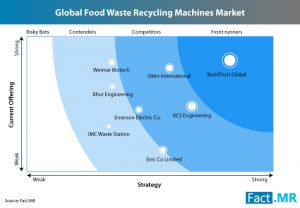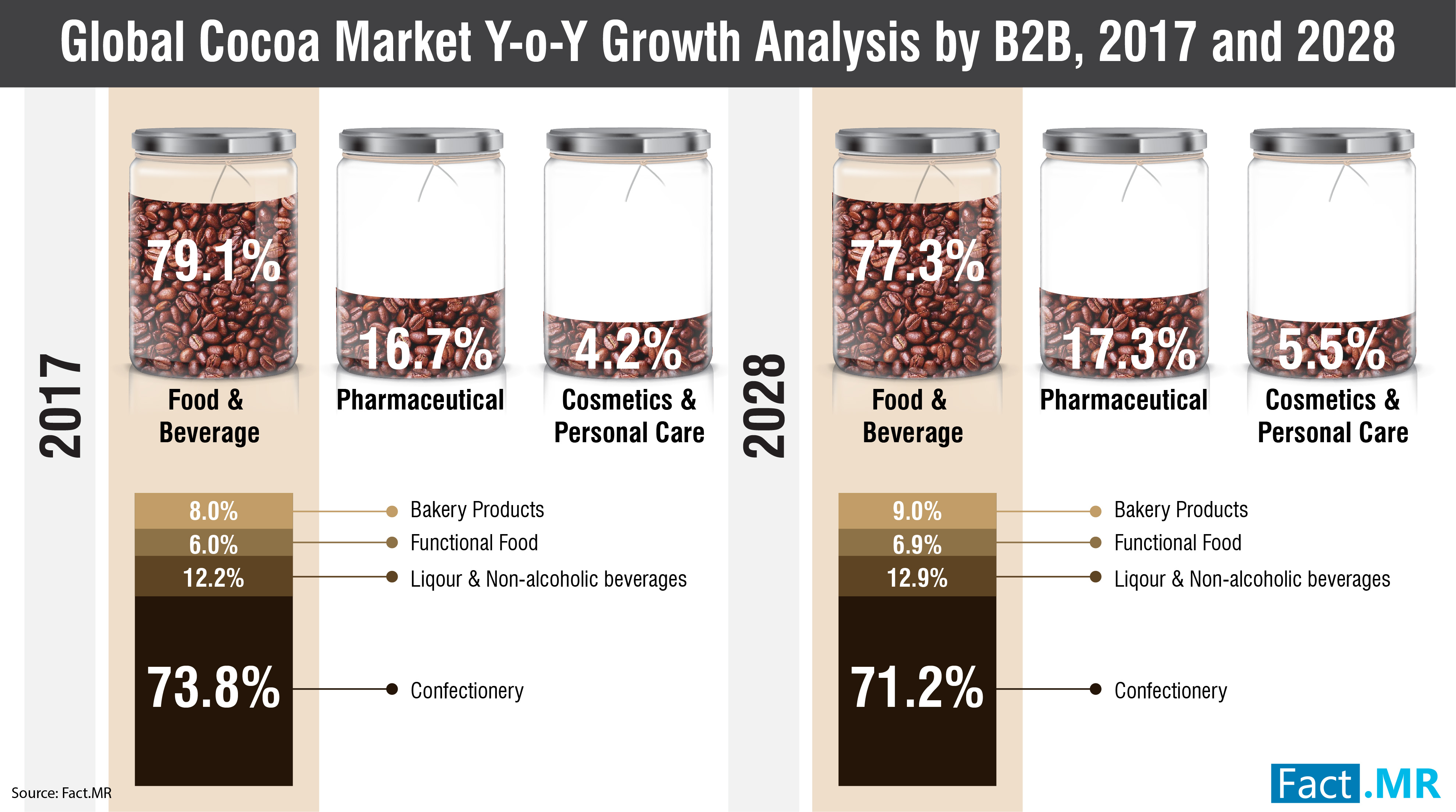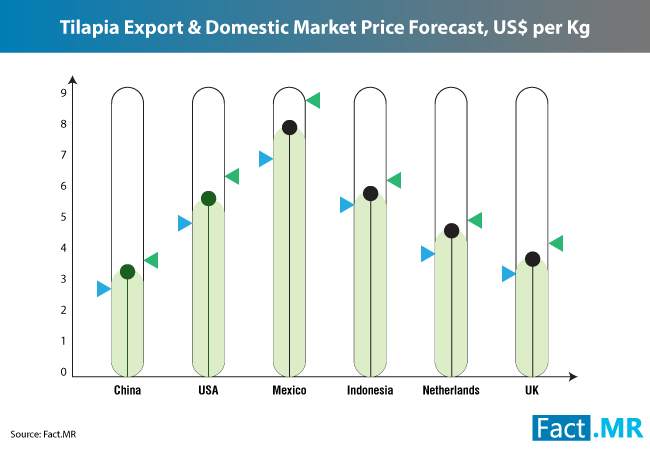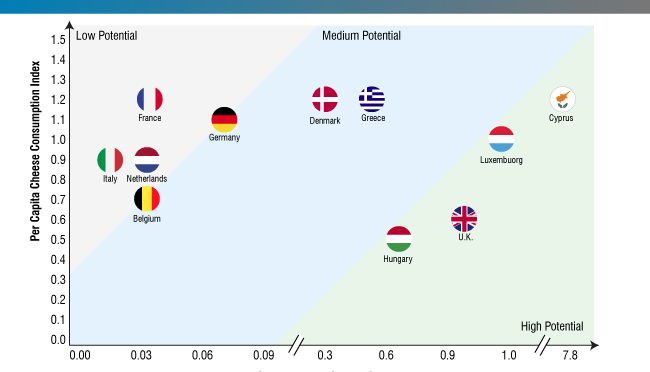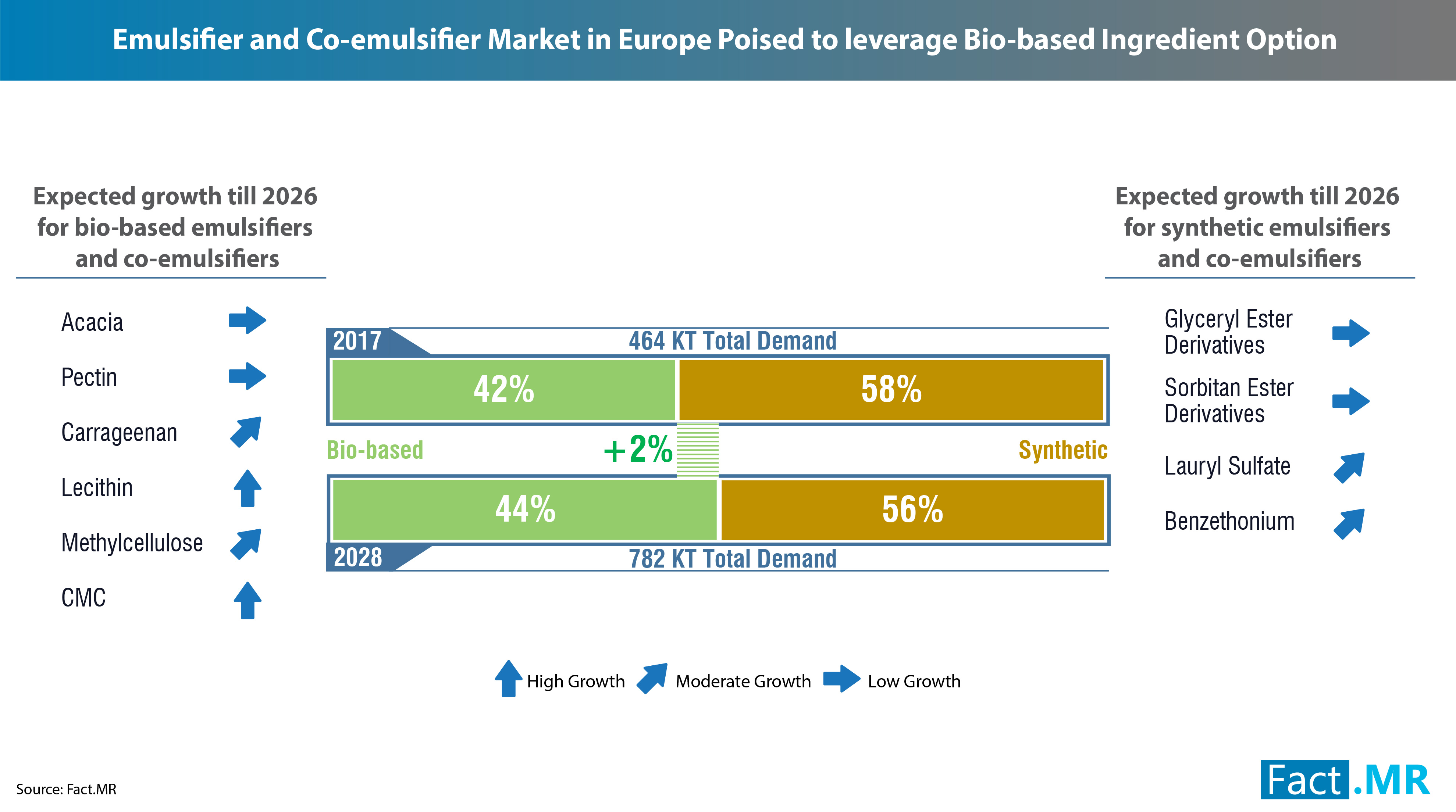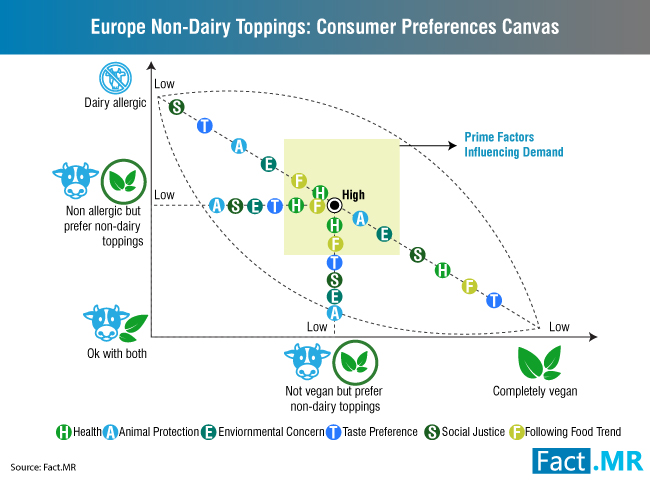DUBLIN 2, Ireland, 05-Nov-2018 — /EPR FOOD AND BEVERAGE NEWS/ — Fact.MR’s recent study on food waste recycling machine market foresees a promising growth, driven by proactive initiatives for fostering environmental sustainability. An amalgamation of pivotal aspects, ranging from launch of legislation around food waste to rising proclivity for recycling activities, is anticipated to underpin growth potential of the market. Global sales of food waste recycling machines are likely to reach 10,890 units in 2018, up from 10,356 units in 2017.
A Sample of the Report is Available Upon Request at https://www.factmr.com/connectus/sample?flag=S&rep_id=2266
The Fact.MR research study opines that the demand for food waste recycling machine has taken off in recent years, as a result of challenges associated with traditional composting methods. Rapid gravitation toward minimizing disposal costs and curbing noxious emissions have been identified as key drivers.Â
Restaurants to Stay at the Forefront of Demand as Enhancing Profitability Gains Momentum
Shift from landfills to waste-to-energy plants is evolving as a prominent waste management trend, which is offering numerous opportunities for the food waste recycling machine manufacturers.
Sales of food waste recycling machine have remained concentrated in the restaurants industry, driven by efforts to scale up their bottom lines. This buoyancy of restaurants in the food waste recycling machine market continued in 2018 as well, with volume sales likely to exceed 2,500 units. Sales are also complemented by growing adoption in hotels and supermarkets, according to the study.
Request Methodology of the Report at https://www.factmr.com/connectus/sample?flag=S&rep_id=2266
North America maintains its lead as the largest food waste recycling market, with volume sales set to surpass 3,000 units in 2018. Attempts to foster recycling activities have taken off at the federal level in the U.S. and Canada, in the wake of a huge ratio of food wastage per capita. APEJ and Europe are likely to be the second and third most attractive market, owing to sweeping concerns for efficient food waste management, estimates the research study.
The food waste recycling machine market has a wide-spread presence of small and unorganized players, with consolidation of regional presence being their key strategic lever. The top 5 players hold around 20% of the revenue share and are focused on commercialization of small capacity machines, especially 0-50 kg/day’ and ’50-100 kg/day’. These players are focusing on new product development and facility expansion in a bid to retain their buoyancy in the market space, finds the report.Â
Manufacturers to Thrive on Untapped Opportunities with Value-based Offerings
The manufacturers of food waste recycling machine are focusing on fostering their foothold with value-based offerings, unveils Fact.MR study. For instance, Whirlpool introduced ‘Zera Food Recycler’, which converts the food scraps into organic fertilizers in a time span of 24 hours. This offering has been introduced with the pervading trend of converting food waste into reusable commodities.
The demand for food waste recycling machine in emerging regions is growing at a healthy rate; however, bulk of the sales remain concentrated in China and India. The cost-sensitivity of end-users in emerging regions of Africa and Latin America, combined with lax regulations on food recycling, have meant that sales have remain limited in these markets.
“Large-scale machines, comprising of high power consuming components in their peripheries, are highly likely to witness a substantial decline in demand amid the end-users, posing challenges for the growth trajectoryâ€, Senior Analyst, Fact.MR
The Fact.MR research study analyzes the growth of food waste recycling machine market for the period of 2018 to 2028. As per the report, the market is likely to proliferate at a CAGR of 7.1% through 2028.
The Report is available for Direct Purchase at https://www.factmr.com/checkout/2266/SÂ
SOURCE: EuropaWire

